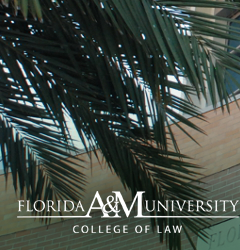
Abstract
On June 23, 2016, the Supreme Court of the United States was ultimately deadlocked in the case United States v. Texas. In just one line, the Supreme Court shattered the dreams of millions of undocumented children and their parents who were residing in the United States; those like Anthony and Maria.The Supreme Court's utterance of these nine words, "[t]he judgment is affirmed by an equally divided Court," created instability and uncertainty amongst undocumented children, students, workers and parents. This divided decision upheld a nationwide injunction against President Obama's executive action creating DAPA and expanding DACA.
Although the stories of Anthony and Maria are hypotheticals, they are reminiscent of millions of actual stories of undocumented people who have been affected by the nationwide injunction. To address this meaningful issue, this article will argue that the injunction's applicability needs to be limited to Texas; this can be achieved by challenging the nationwide injunction in the other states which were not a party to the lawsuit. First, this article will discuss the background of DAPA and Expanded DACA, along with the court case and subsequent appeals which created and upheld the nationwide injunction. Next, this article will discuss the arguments for and against the nationwide injunction and its legitimacy. Lastly, this article will argue that a nationwide injunction-based on an initial decision by one court in Texas-is inherently overbroad and should be challenged by those affected in forty-nine other states.
Recommended Citation
Denise Cartolano,
How the Lone Star State Reached the Entire Nation: The Need to Limit the Nationwide Injunction Against DAPA and DACA in United States v. Texas,
12
Fla. A&M U. L. Rev.
135
(2016).
Available at:
https://commons.law.famu.edu/famulawreview/vol12/iss1/6
Included in
Administrative Law Commons, Civil Rights and Discrimination Commons, Constitutional Law Commons, Immigration Law Commons
